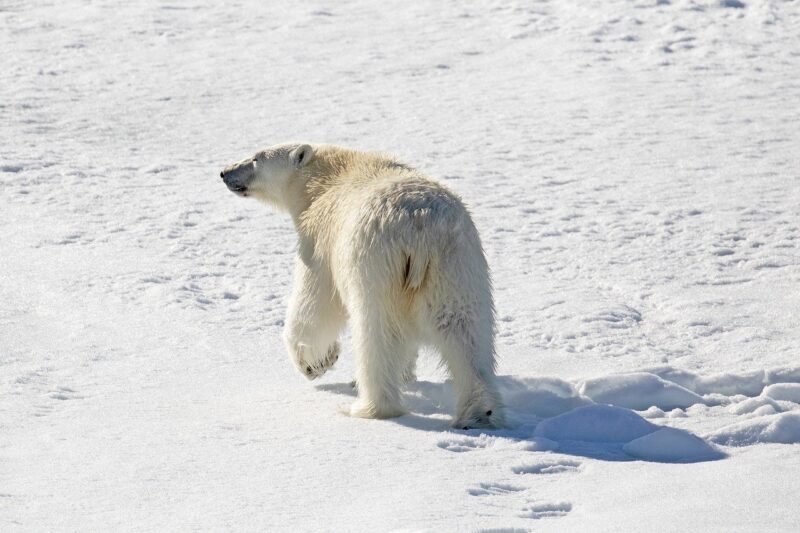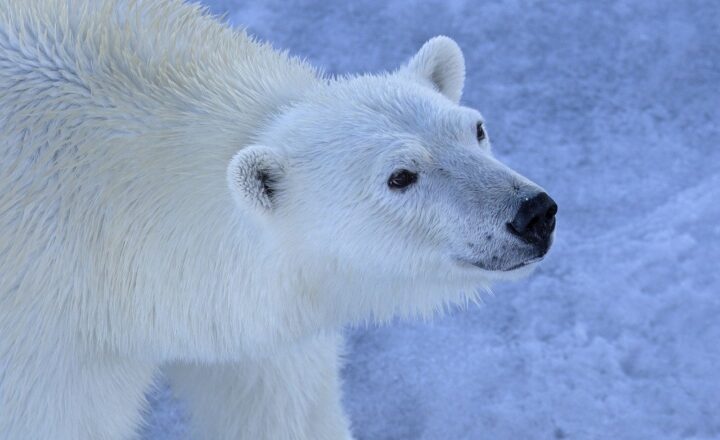The Unique Adaptations of Arctic Plants and How They Survive the Cold
November 12, 2024

The Arctic region, known for its harsh climates and extreme conditions, creates a tough environment for most forms of life. Yet, amidst this frozen landscape, a variety of plants have evolved remarkable adaptations to survive and thrive. These adaptations not only enhance their resilience to cold temperatures and short growing seasons but also allow them to compete effectively in an ecosystem that is often inhospitable to many organisms. In this article, we will explore the unique adaptations of Arctic plants and how they manage to overcome the challenges posed by their environment.
1. Understanding the Arctic Environment
The Arctic spans the northernmost regions of the Earth, characterized by extremely low temperatures, strong winds, and a short growing season. Winters can last up to nine months, with temperatures dropping as low as -50°C (-58°F). During the brief summer months, when daylight lasts for 24 hours, temperatures can rise above freezing but still remain relatively low. This unique environment influences the types of vegetation that can survive there.
2. Key Adaptations of Arctic Plants
Arctic plants have developed several fascinating adaptations to endure frigid temperatures and unpredictable weather patterns. Here are some of the key adaptations observed in these hardy species:
- Low Growth Habit: Many Arctic plants, such as cushion plants and ground-hugging herbs, have low growth habits, which helps them avoid the harshest effects of wind and cold. By staying close to the ground, they reduce exposure to freezing temperatures and can capture heat from the soil more efficiently.
- Dark Pigmentation: Some Arctic plants exhibit dark pigmentation, which helps them absorb more sunlight and heat. This is particularly important in the otherwise cold and relatively short summer, where every bit of warmth counts for survival.
- Short Life Cycles: Arctic plants often have short life cycles that allow them to complete their reproductive processes quickly during the brief summer. Many species germinate, bloom, and produce seeds within a matter of weeks, timing their life cycles with the melting of snow and the arrival of warmer temperatures.
- Perennial Growth Forms: Instead of growing as annuals, many Arctic plants are perennials. They store energy in their roots and survive the winter months. This strategy allows them to re-emerge quickly when conditions become favorable.
The ability to tap into existing resources provides a significant advantage in a resource-limited environment. - Hairy or Tightly Packed Leaves: Some Arctic species, such as the Arctic willow, have hairy or densely packed leaves that trap air, offering insulation against the cold. This structural adaptation minimizes water loss due to evaporation and reduces the impact of cold drafts.
- Root Systems Adapted for Frozen Soils: Many Arctic plants develop shallow, extensive root systems that spread out to gather moisture and nutrients from the thin layer of thawed soil above permafrost. This adaptation ensures they can access essential resources despite the challenges of their environment.
3. Types of Arctic Plants and Their Strategies
Various types of plants have developed unique strategies to survive the Arctic cold. Here are some examples:
- Mosses and Lichens: These pioneer species are incredibly resilient and thrive in the harsh Arctic environment. They can survive extreme cold and desiccation, making them one of the first life forms to colonize areas where other plants cannot.
Mosses also play an essential role in retaining moisture and improving soil quality, which benefits other plant species in the ecosystem. - Arctic Poppy (Papaver radicatum): This stunning flower displays bright yellow blooms that thrive in rocky soils. Its low-growing habit and dark pigmentation allow it to absorb the sun’s warmth and protect itself from harsh winds. The Arctic poppy blooms only for a few weeks during the summer but is a significant source of nectar for pollinators.
Its unique rooting system allows it to access water and nutrients in the thawed layer of the ground, contributing to its resilience. - Antarctic Buttercup (Ranunculus nivalis): Known for its beautiful, yellow, cup-shaped flowers, this plant is another example of Arctic vegetation that flourishes in extreme conditions. It has adapted to photosynthesize at low temperatures, allowing it to take advantage of the brief growing season effectively.
Additionally, it employs a nutrient-storing strategy, enabling it to survive and thrive in nutrient-poor soils. - Arctic Willow (Salix arctica): This hardy shrub grows in dense mats and flourishes despite strong winds and low temperatures. Its small, densely packed leaves reduce water loss and provide insulation.
Arctic willow also has deep root systems that anchor it firmly in place, giving it a competitive edge against the relentless Arctic winds.
4. The Importance of Arctic Plants in Ecosystems
Despite their small size, Arctic plants play a crucial role in their ecosystems. They:
- Provide Habitat: The vegetation forms a foundation for entire ecosystems, providing habitat and sustenance for numerous animal species, including herbivores like caribou and various invertebrates.
These plants create microhabitats that enhance biodiversity and foster ecological interactions in the Arctic. - Prevent Soil Erosion: The root structures of Arctic plants help bind the soil together, preventing erosion caused by wind and melting snow. This stabilization is vital for maintaining the integrity of the fragile Arctic landscape.
- Carbon Sequestration: Through photosynthesis, Arctic plants play a role in capturing carbon dioxide from the atmosphere and mitigating climate change. The delicate balance of plant life in these regions is integral to regulating greenhouse gases.
5. Conclusion: Resilience in the Face of Adversity
The unique adaptations of Arctic plants showcase nature’s ingenuity in the face of extreme conditions. Their ability to thrive where most other life forms cannot speaks volumes about the resilience of life on Earth. Understanding these adaptations is crucial not only for appreciating the beauty and complexity of Arctic ecosystems but also for recognizing the impact of climate change on these fragile environments.
As the Arctic continues to warm due to climate change, monitoring the health of plant life in the region becomes increasingly vital. The survival of these unique species could hold the key to understanding future changes in the ecosystem and their broader implications on global biodiversity. As we move forward, it is essential to ensure the preservation of Arctic plants and their habitats for future generations to appreciate and learn from.
Additional Resources
If you wish to delve deeper into the fascinating world of Arctic plants and their adaptations, consider exploring the following resources:
- The Role of Plants in Arctic Ecosystems: A Comprehensive Study
- Climate Change and Its Effects on Arctic Flora
- Botany of the Arctic: A Visual Guide
By understanding the resilience of these remarkable plants, we can better appreciate the beauty of the Arctic and the importance of conservation efforts in these vital ecosystems.







